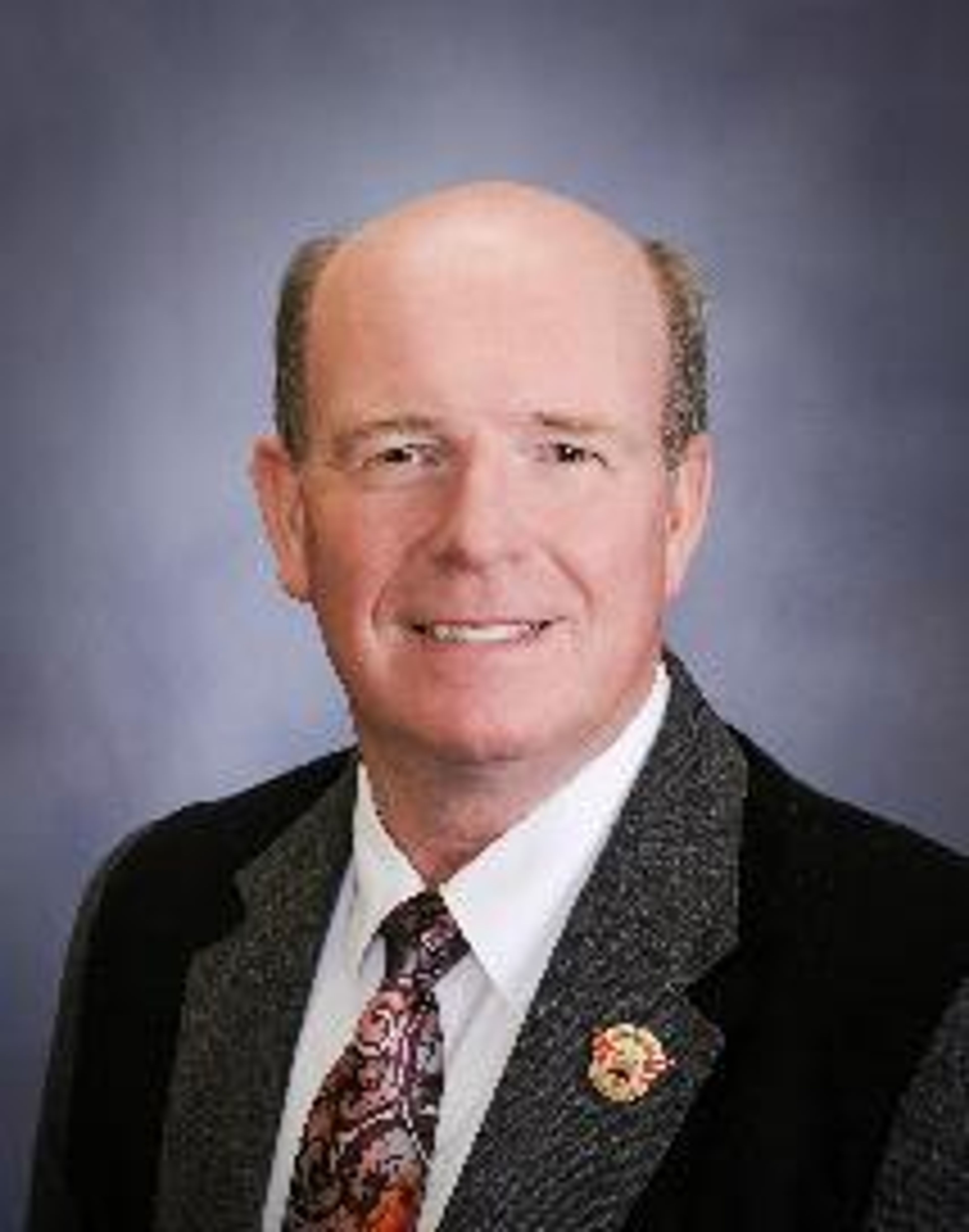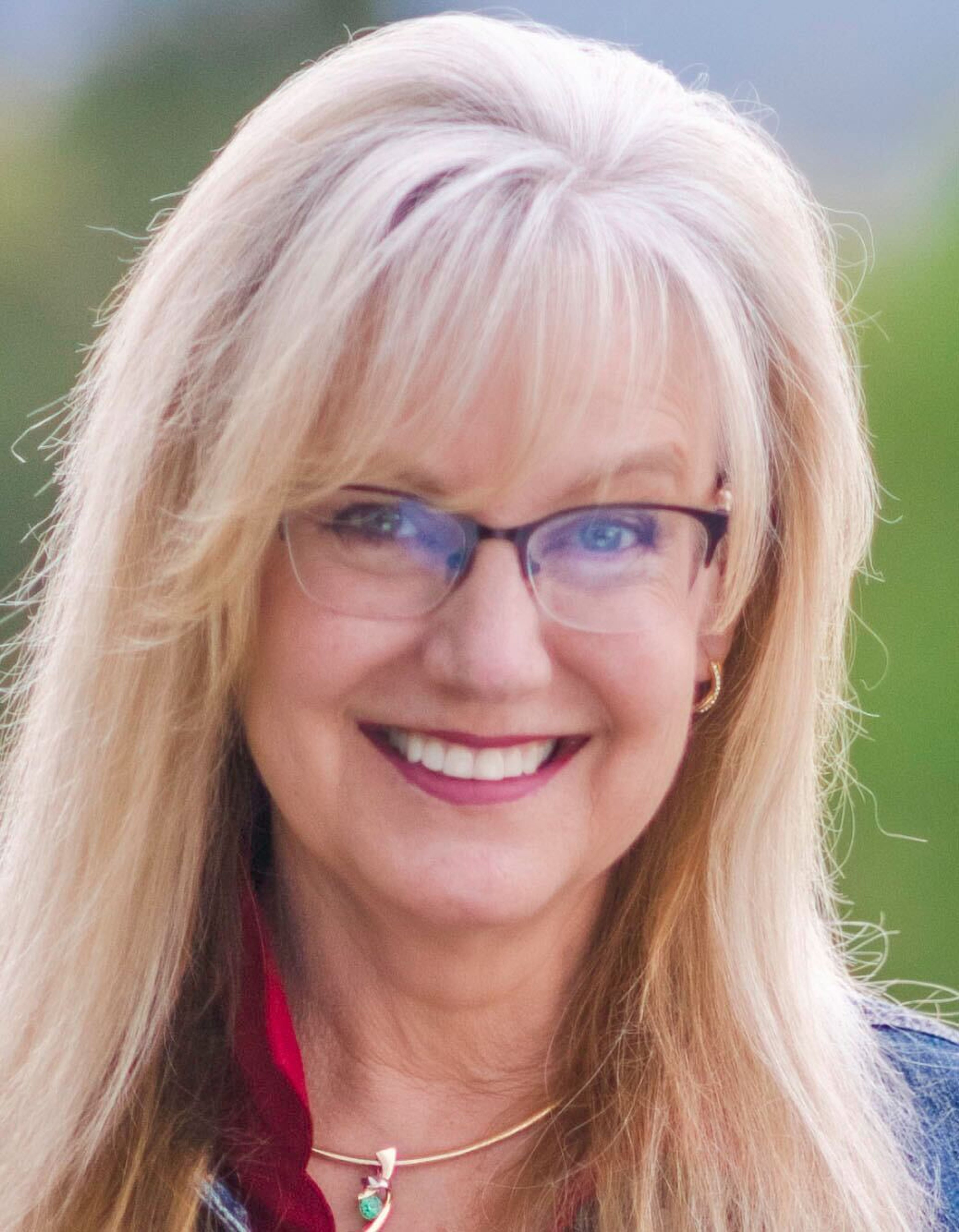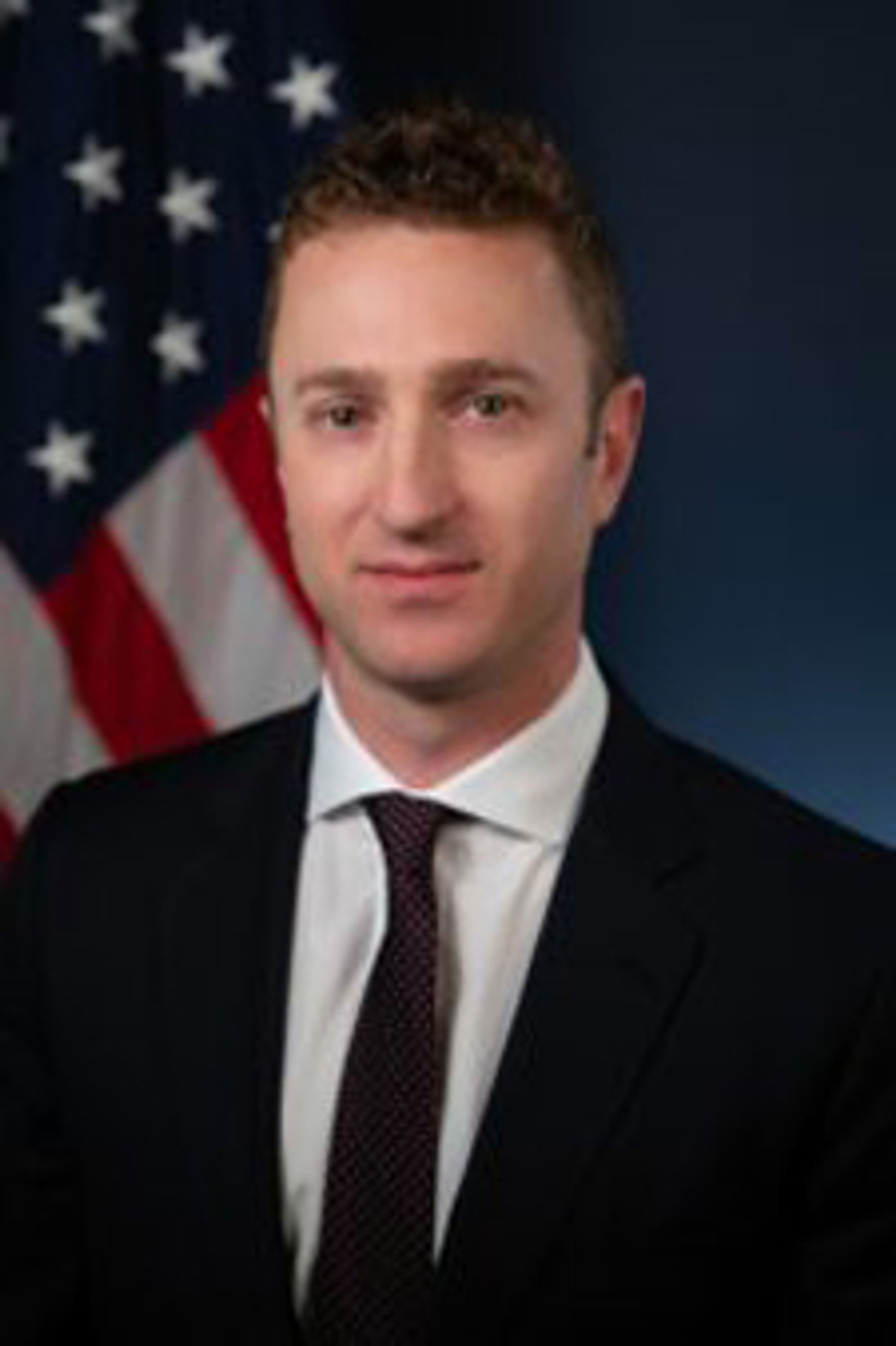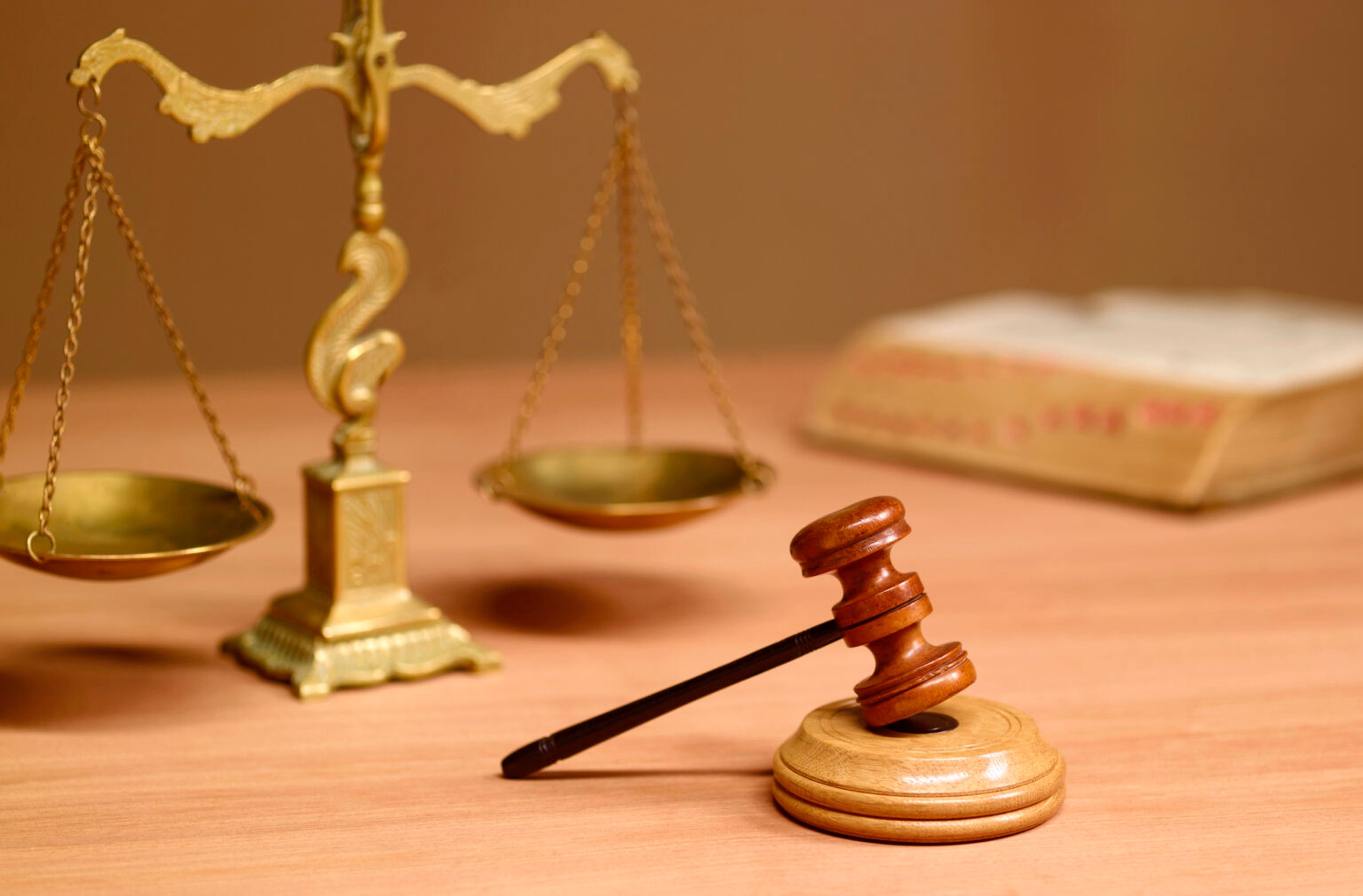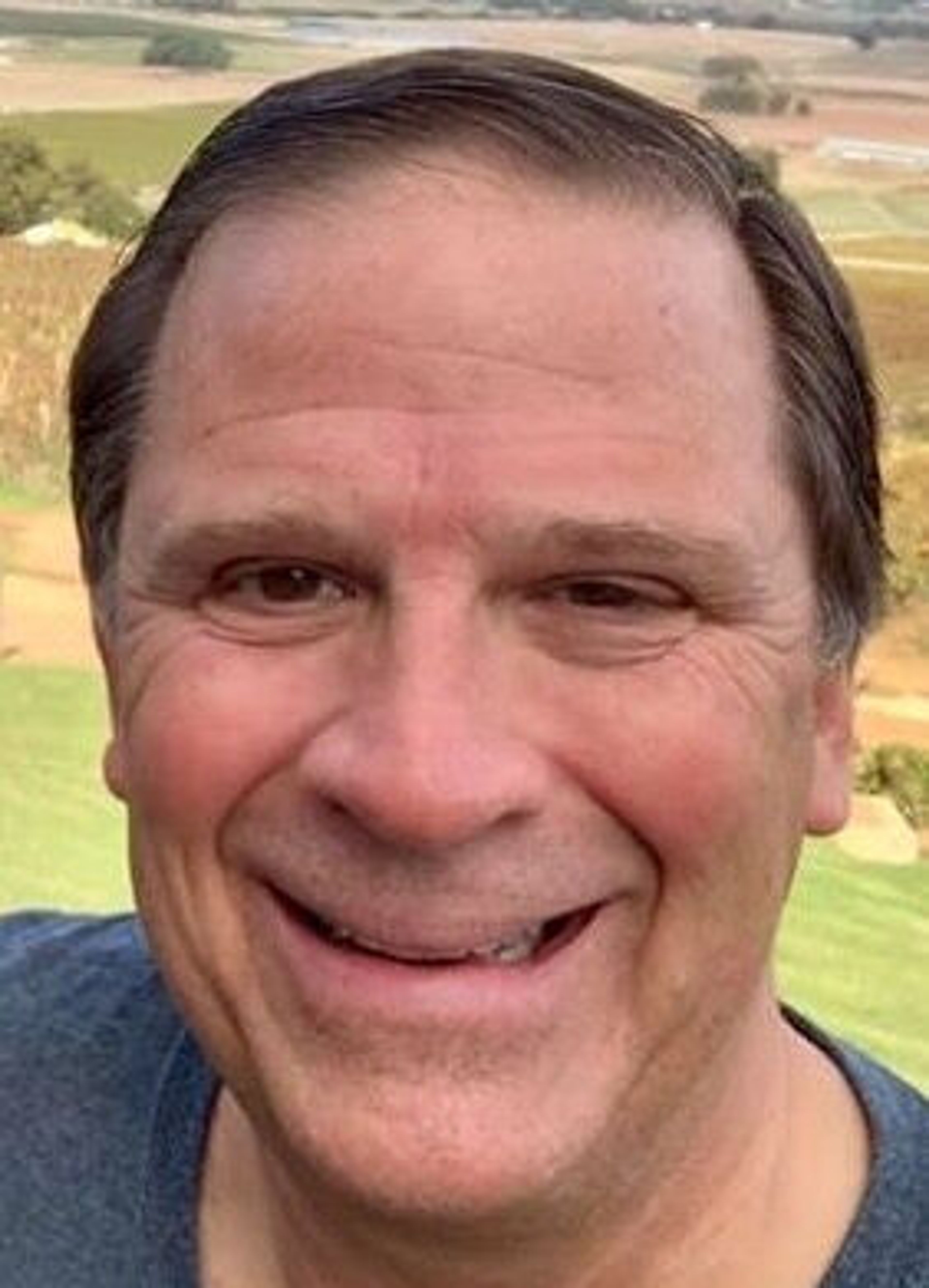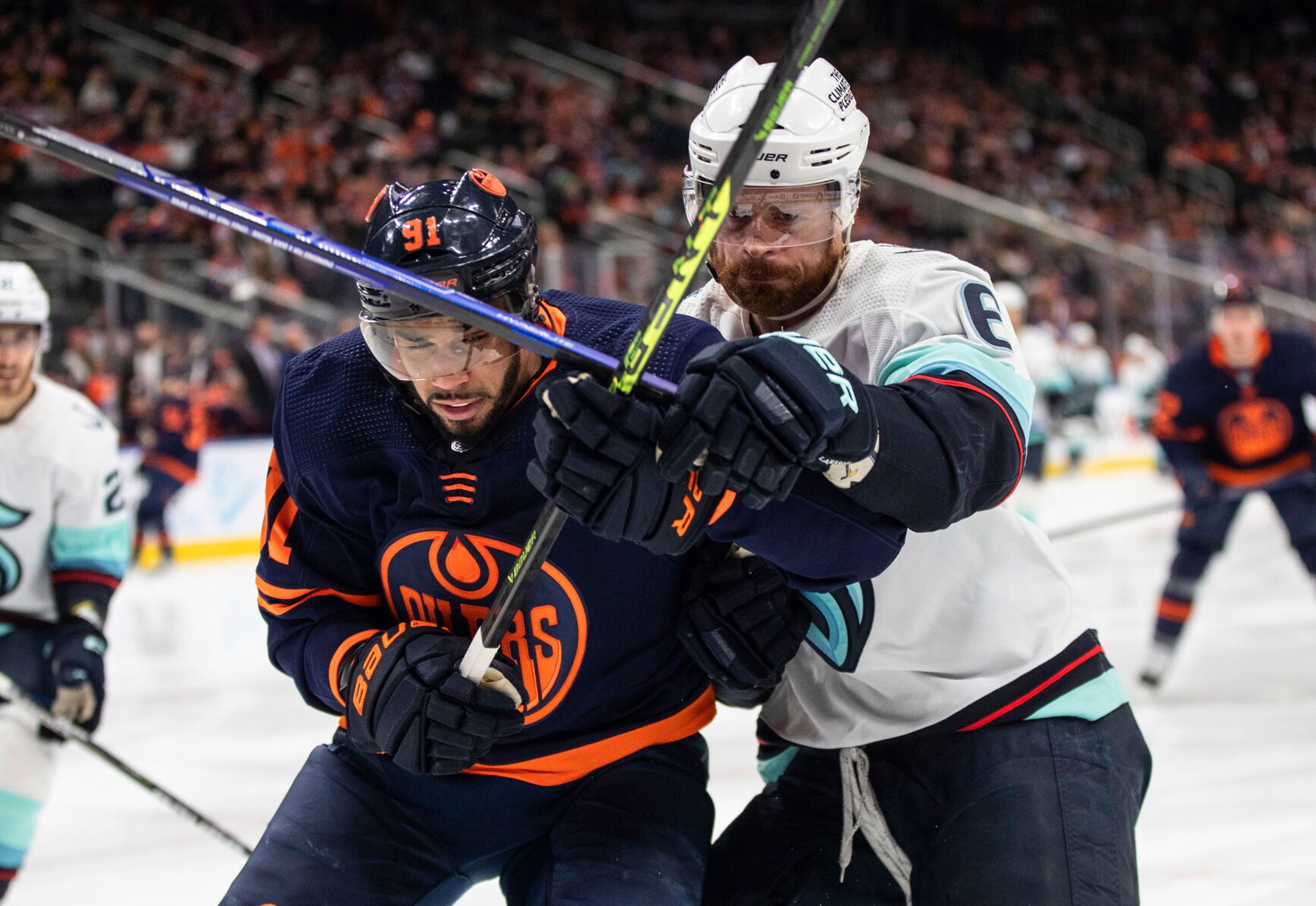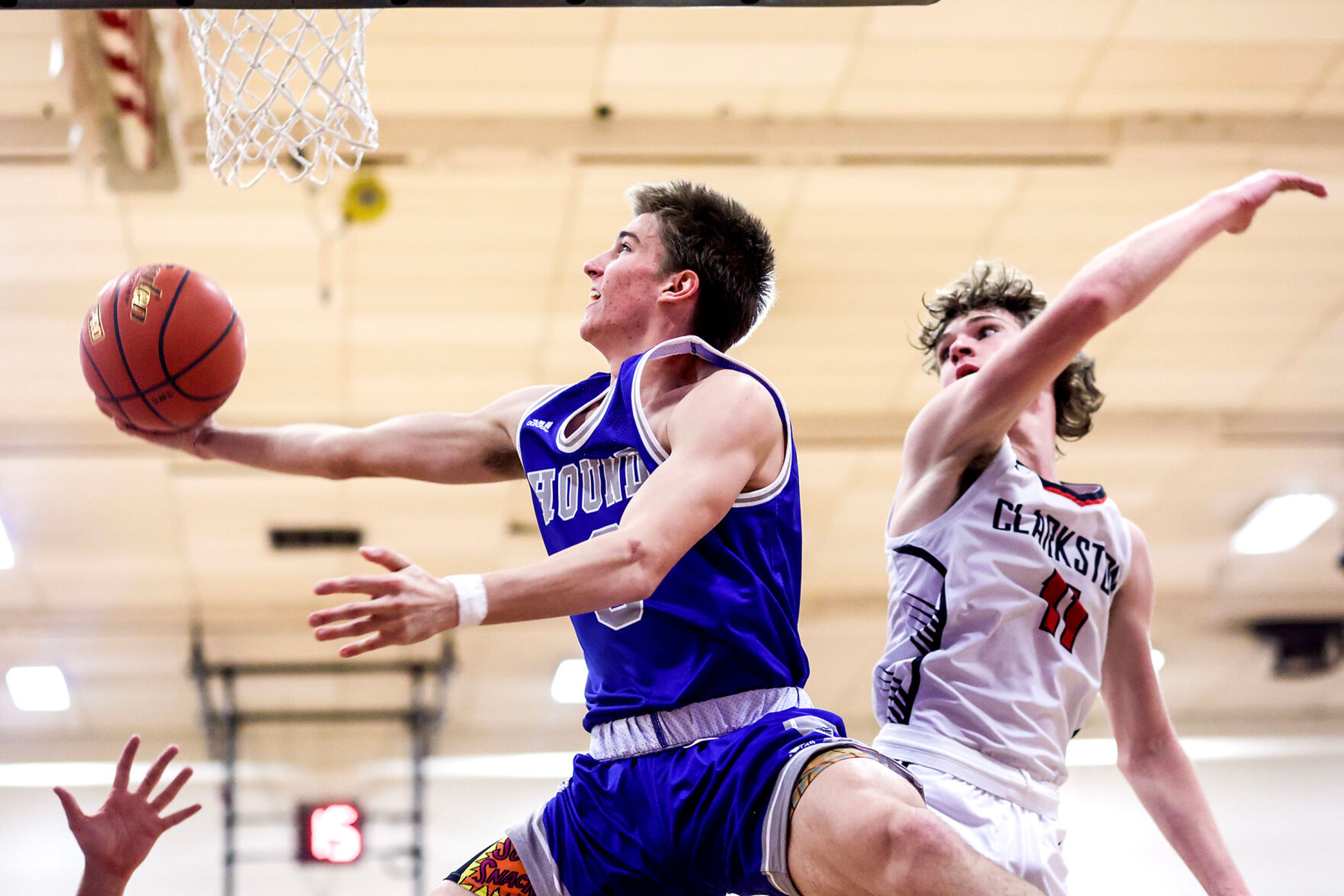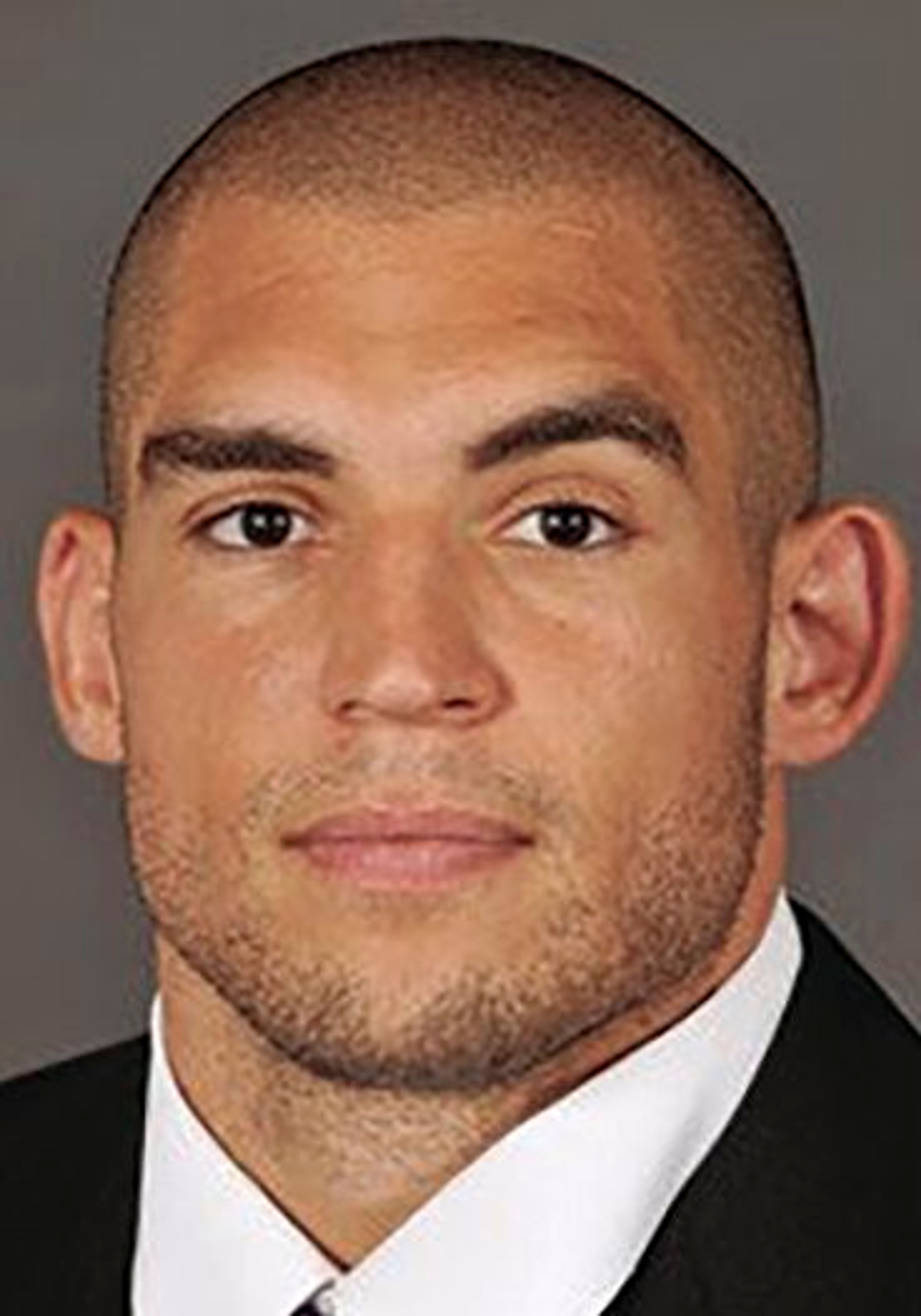Though Washington State University (then the Washington Agricultural College) took up intercollegiate football in 1894, it did not play the University of Washington until the final game of the season in 1900 on Thanksgiving Day.
Because of the expense and time constraints of travel, prior to that the WAC football team had played no games further away than Walla Walla or Spokane.
Played in front of a crowd of 1,500 in Seattle, the first Apple Cup ended up in a muddy 5-5 tie (touchdowns were worth only 5 points in that era) but was described by the Seattle Times as "the best exhibition of the game ever seen in the city."
Money had been raised by the athletic association to send a student reporter across the state to cover the game and send back a report by telegraph; the then-weekly Evergreen delayed its usual Wednesday publication by one day and instead published a late Thursday edition which included details of the game. From all descriptions, WAC dominated the game and only lost through a succession of mistakes. The UW touchdown was the only score WAC allowed all year.
The teams alternated home and away games for five years, but disagreements over rule issues meant the two didn't play in 1905-1906. When Washington refused to play in Pullman, the 1907-1908 games were played in Seattle, and no game took place in 1909. The series resumed with a 1910 game played in Spokane. Of the following 18 games, between 1911 and 1932, 14 were played in Seattle and only four in Pullman, with three years skipped entirely. However, 1920 proved to be the last time the two teams wouldn't play, not including in 1943 and 1944, when World War II interrupted the series. From 1932 forward, the two have alternated home fields, though from 1950-1980 all but one of the WSU home games were again played in Spokane. After this year's game, the lopsided running tally will be 16 games played in Spokane, 34 in Pullman, and 61 in Seattle.
One of the classic moments of the UW-WSU rivalry has its roots way back in 1919. On Nov. 1 that year, the newly named "Cougars" trotted out two stuffed cougars on wheeled carts for a game against Idaho, the first cougar mascots. Two weeks later, on Nov. 15, The UW's "Sun Dodgers," as they were then known, made one of the rare trips to the Palouse, and a group of UW students successfully stole one of the two Cougars. For the next 13 years, every time the Cougs came to Seattle (a total of 9 games), the UW cheerleaders would trot the cougar out at halftime and roll him around the field, taunting the then WSC students with their hostage.
In 1932, WSC's cheerleaders made a plan to steal him back. It should be noted the cheerleaders were male in this era; it wasn't until after World War II that female cheerleaders became the norm. Our spirit team came up with a plan - when the UW cheerleaders would pass by the WSC fans, the smallest WSC cheerleader, Ken Bement, would be thrown over the tops of the UW guards onto the stuffed cougar, which he would grab and flee with. The plan actually worked, initially, with Bement landing on top of the cougar. However, he was unable to get out of the grasp of the UW cheerleaders with his prize. WSC's student fan section, some having been clued into the plan, saw what was going on and swarmed the UW cheerleaders in Bement's defense. The UW fans, having no clue what was happening, merely saw the WSU fans attacking the UW cheerleaders, and swarmed to their aid. The resulting brawl delayed the start of the second half by about a half hour and made national news. At the movies in the following weeks, you could find newsreels of the brawl played before the show. The stuffed cougar itself did not survive the chaos; Bement himself, in an oral history recorded on campus 55 years later in 1987, describes emerging from the brawl, saying "because I had the head of the cougar, and had my arms around it when I lit on top of it, I was able to get the two ears of Butch ... which I prized for a year or two."
Perhaps in interest of minimizing the risk of mascot-theft induced brawls, in 1934, the "Governor's Trophy," a 40 pound bronze shield, was introduced as the annual official prize of the game. Given by Governor Clarence D. Martin, the trophy itself was created by Seattle sculptor Dudley Pratt, best known to Cougars as the man who sculpted The Reader, the statue on the face of the Holland Library. However, that 1934 game ended in a tie, and the trophy itself was apparently lost during the World War II years. It remained lost until 1998, when former WSU regent Ken Alhadeff stumbled across it during a bankruptcy auction and had it placed in a Seattle office. In 1963, the Washington Apple Commission donated what was initially called "The Big Apple Trophy" as a prize for the schools; by 1967, the term "Apple Cup" was in popular usage for the series and remains so as the 111th meeting of the two schools kicks off today.
Mark O'English is the university archivist at Washington State University Libraries Manuscripts, Archives and Special Collections.


